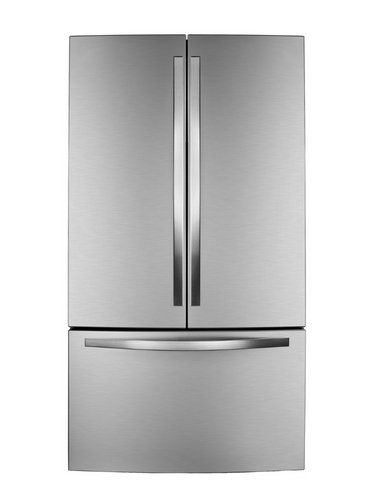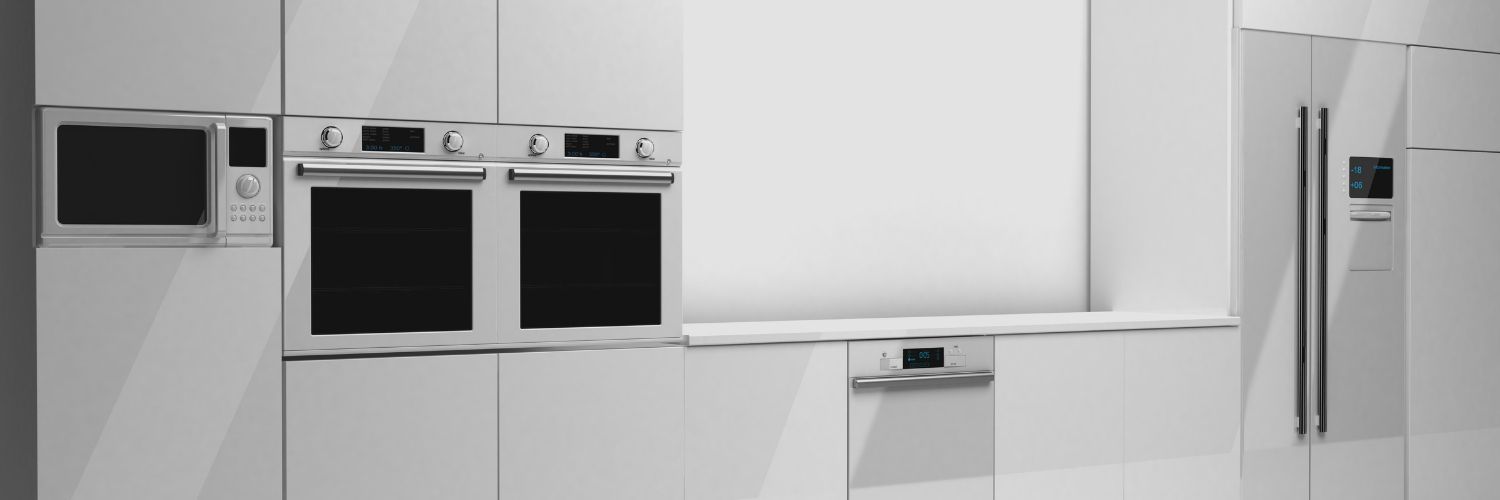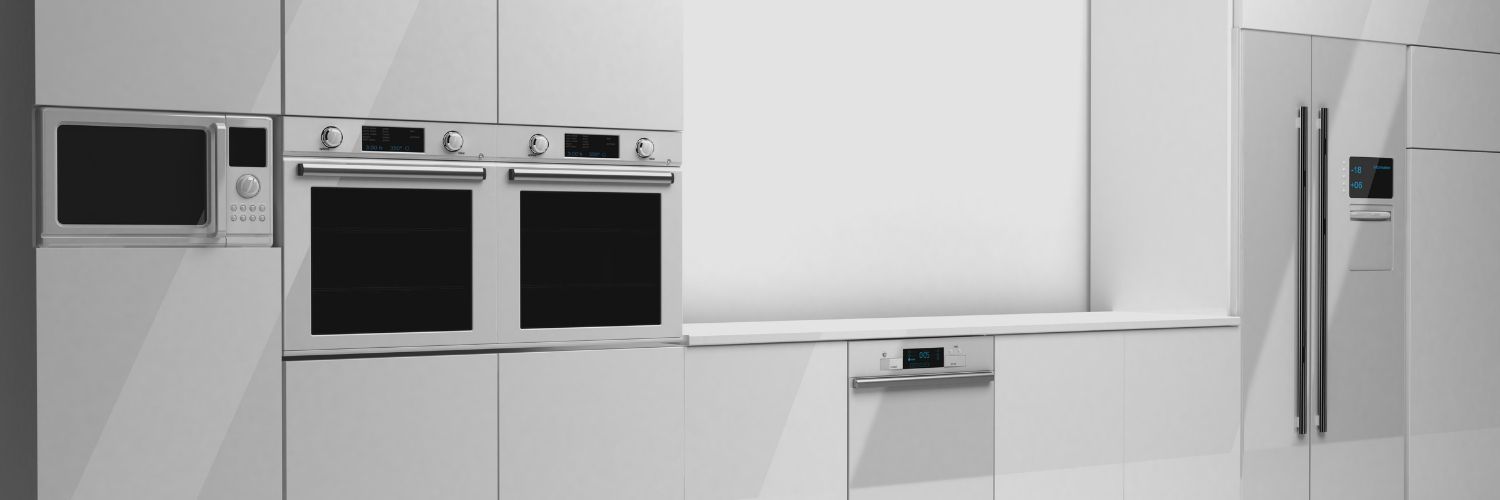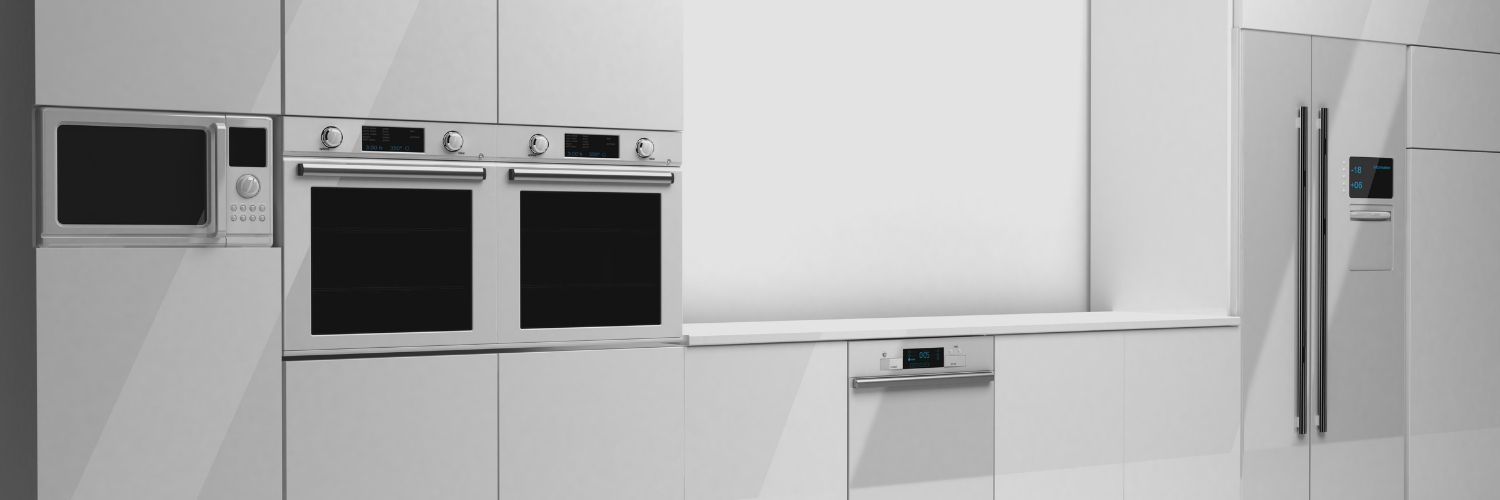Troubleshooting Samsung Refrigerator
How to Troubleshoot Samsung Fridge That is Not Cooling Properly

If your Samsung fridge is not running properly, it can be incredibly frustrating. Fortunately, there are a few simple steps you can take to troubleshoot the issue and get your fridge working again. In this blog post, we will review the most common issues with Samsung fridges and provide tips for resolving them.
Check the Temperature Settings
The first thing to check if you notice your Samsung fridge is not cooling properly is the temperature settings. Most models have two separate temperature settings, one for the refrigerator section and one for the freezer section. Make sure both of these settings are set correctly and that the display is indicating that the desired temperatures have been reached. If they haven't, try adjusting them slightly higher or lower until they are in line with what you need.
Check Refrigerator's Air Vents
Next, check the refrigerator’s air vents to make sure they are not blocked by any food items or other objects. It’s important to keep these vents clear so that cold air can circulate throughout your refrigerator properly. If you find anything blocking them, simply move it out of the way. Additionally, make sure none of your food items are blocking off any of the cooling coils inside your refrigerator as this could cause cooling problems as well.
Inspect Seals and Gaskets on Doors
Finally, inspect all of the seals and gaskets on your refrigerator doors for signs of wear or damage. These seals prevent warm air from entering your fridge when you open its doors and should be inspected regularly for cracks or tears that could be causing inefficient cooling performance from your unit. If any of these seals look worn out or damaged, it's best to replace them as soon as possible in order to maintain optimal cooling performance from your Samsung refrigerator.
Conclusion:
A malfunctioning Samsung fridge isn't something anyone wants to deal with but thankfully there are some easy steps you can take to troubleshoot it yourself before calling in a professional repair service. Start by checking its temperature settings, then move onto inspecting its air vents and seals/gaskets on its doors for signs of wear or damage that could be affecting its cooling performance. By following these steps you should be able to quickly identify what’s causing your unit’s poor refrigeration performance and resolve it without too much hassle!
You might also like
Book A Service Today
We will get back to you as soon as possible.
Please try again later.
Give us a call today!
Book your appliance repair today!
Calgary's leading professional appliance repair company.
*Legal disclaimer: this is a referral based website. All work is completed by a professional.
Services
Phone Hours
- Mon - Fri
- -
- Sat - Sun
- -


